How to mummify a pharaoh: A step-by-step guide
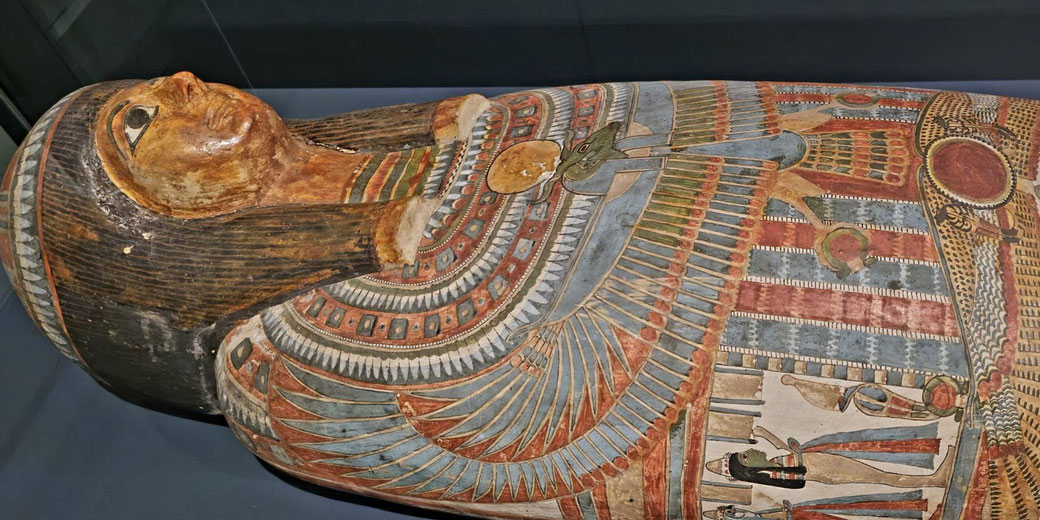
Ancient Egypt was best known for its detailed burial practices, and one of the most famous of these was mummification.
Although Egyptians practiced basic embalming in the late Predynastic era, the fully systematic process of mummification was only formalized during Egypt’s Old Kingdom.
The exact steps involved in ancient Egyptian mummification fascinated people from many different cultures for centuries.
Even modern people loved the amazing skill of the mummification process. But how did they actually make their mummies? Let us show you…
Step 1: Prepare the body
The first step in the process of mummification was typically carried out in special workshops near the tombs or in temples.
Once the embalmers had the body of the deceased, they began by washing it with a mixture of sacred Nile water, palm wine, and scented oils.
This mixture cleaned away dirt and impurities, and also carried religious meaning, since palm wine and scented oils were believed to purify and bless the corpse before more complicated treatments.
Step 2: Removal of the organs
The next step in mummification was to remove the internal organs from the dead body.
The embalming priests knew that if this was not done, the remains would decay quickly, and the entire mummification effort would be ruined.
To achieve this, they made a small incision on the left side of the abdomen. The stomach, lungs, and intestines were carefully removed, preserved in salt or dried, and then placed in separate canopic jars decorated with the heads of the protective Four Sons of Horus.
Specifically, the stomach went into the jar bearing the jackal-headed form of Duamutef, the lungs into the baboon-headed form of Hapy, and the intestines into the falcon-headed form of Qebehsenuef.
The liver, which was dried and wrapped, was often returned to its place within the torso rather than left in a jar.
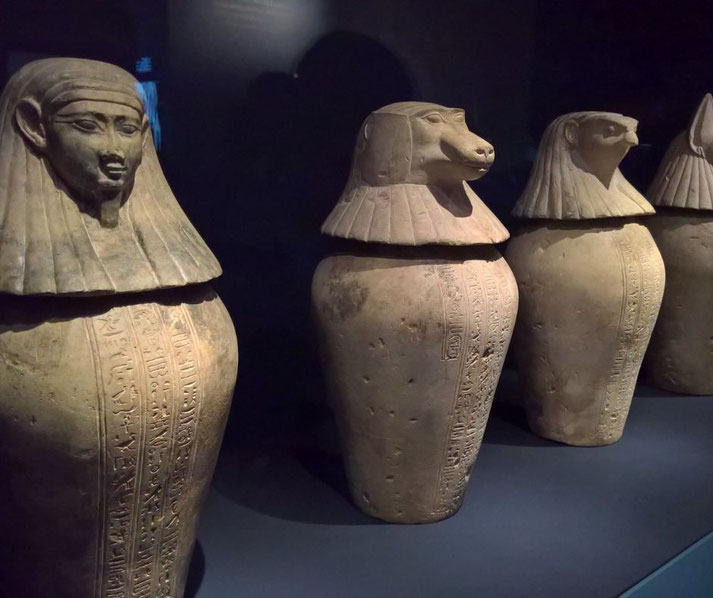
Step 3: Make sure you remove the brain
Once all major internal organs had been removed, embalmers turned their attention to the brain, which was considered to be complete unimportant to the Egyptians.
They needed to remove it without damaging the skull. To do this, they typically used a long hook-shaped tool made of bronze and in later periods copper, inserted through the nasal passage to reach the skull cavity.
Then, they broke the brain into fragments with that tool so that they could draw it out through the nose, which would have been a messy, time-consuming task.
Although this procedure sometimes left small remnants behind, the priests did not consider it a major issue, since they believed the heart was the seat of intelligence and feeling, rather than the brain itself.
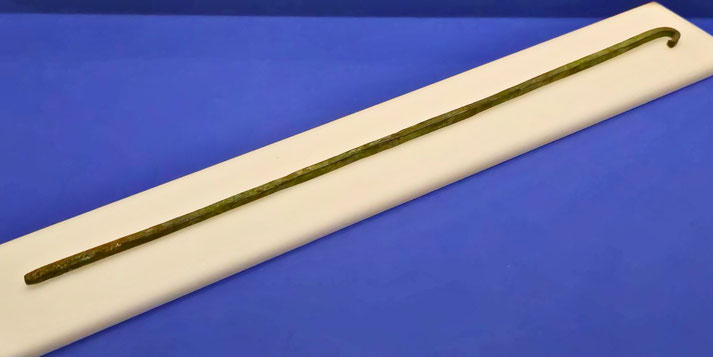
Step 4: Preserve the heart
Because the Egyptians believed that the heart was needed for judgment in the afterlife, they usually left it in place.
In later periods, however, embalmers sometimes removed the heart for a short time and preserved it with natron or resins.
Then they put it back in the chest, wrapped securely before the final wrappings.
Step 5: Desiccate
After organ removal, the mostly hollow body cavity was filled with linen, sawdust or resin-soaked bandages.
This step ensured that the body’s natural shape was restored since removal of the internal organs had left it collapsed and distorted.
Once organ removal and reshaping of the deceased were complete, extraction of moisture began, since any remaining water would lead to decay.
The Egyptians used natron, a salt that occurred naturally throughout Egypt, to dry the body.
Workers carried baskets of it and poured enough to cover every part of the corpse.
After full contact with natron, the body remained untouched for forty days, while the salt absorbed moisture.
When performed correctly, this drying process prevented decomposition by leaving the remains completely dry.
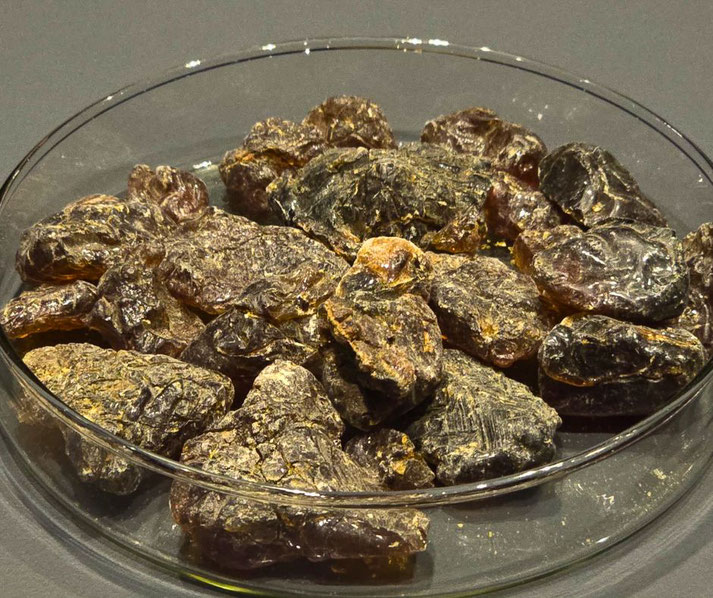
Step 6: Time to get wrapping
Next, linen bandages were wrapped in layers, with resin coatings applied between layers to seal and protect.
Amulets and protective charms might be placed among the wrappings following ritual rules.
Finally, the wrapped mummy received a funerary mask made of cartonnage and painted to look like the deceased before being placed in a decorated coffin or set of coffins.
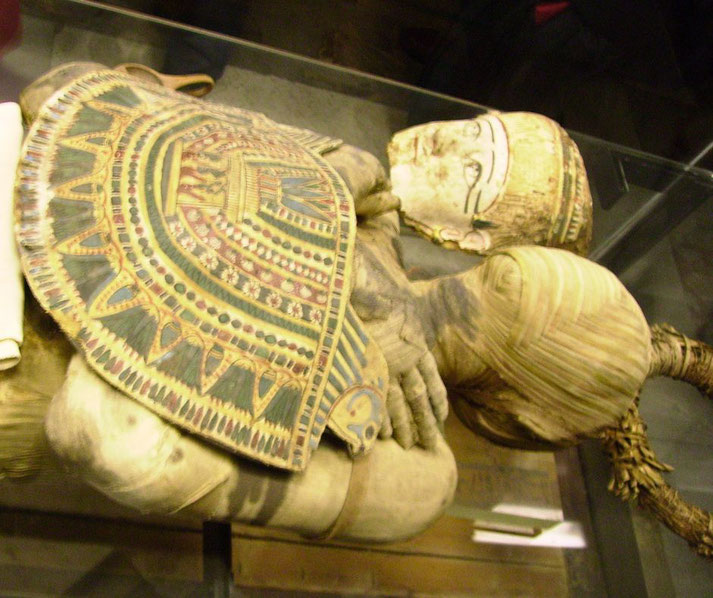
Step 7: Perform the 'Opening of the Mouth' ceremony
Afterward, the Opening of the Mouth ceremony was performed to restore the deceased’s senses.
Specialised guild-member embalmers trained in temple ceremonies used a ritual tool to touch the mouth and eyes, which symbolically allowed speech and sight to return for the soul.
Step 8: Final preparations
Finally, after all mortuary rites were complete, the body was placed in a sarcophagus and buried.
Tombs were then stocked with personal goods, including food, clothing and the Book of the Dead, which contained spells to guide the spirit, and were decorated with statues of the embalming god Anubis and the afterlife god Osiris.
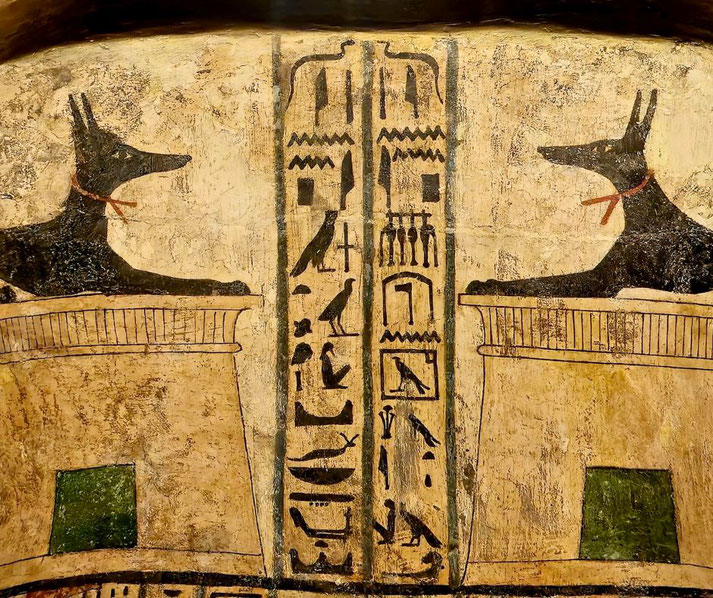
What do you need help with?
Download ready-to-use digital learning resources
Copyright © History Skills 2014-2025.
Contact via email
With the exception of links to external sites, some historical sources and extracts from specific publications, all content on this website is copyrighted by History Skills. This content may not be copied, republished or redistributed without written permission from the website creator. Please use the Contact page to obtain relevant permission.





